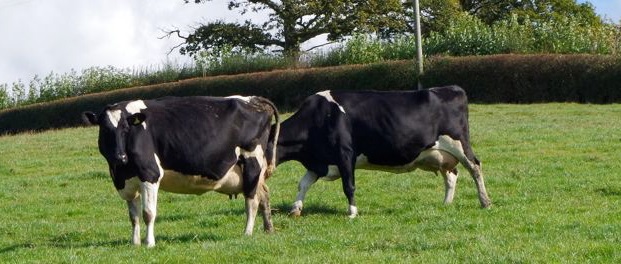
Dairy farmers are set to lose an average of almost 3p/litre in 2015/16, according to a new report by accountant Old Mill. Based on a survey of its clients and working closely with The Farm Consultancy Group, it forecast that farmers would lose 2.75p/litre before accounting for non-milk income.
“Dairy farmers are facing challenging times with little indication that this will be changing in the near future,” said Andrew Vickery, head of rural services at Old Mill. “Producers with March 2015 year-ends have shown a reasonably healthy profit in most cases, due to a stronger milk price for the first half of that year. But for 2015/16 it is not such a positive picture. Cash flow is becoming an issue for many producers so it’s important to look forward and plan ahead rather than focus solely on past data.”
On average, farmgate milk prices across the sample were projected to fall by 7.01p/litre to 24.83p/litre in 2015/16. However, costs of production were likely to drop by 3.71p/litre due to lower feed prices and a cutback in expenditure on repairs, said Mr Vickery.
As a result, farm profits were likely to fall from 4.35p/litre in 2014/15 to 0.85p/litre, including non-milk income and inputed labour of £20,000 per person for unpaid workers, but excluding rent, interest charges, drawings and tax. “By tightening their belts and cutting back on costs of production our average sample of clients will just remain in the black,” said Mr Vickery.
However there was a large difference between the top 25% and bottom 25% of producers, said Gerard Finnan, partner at the Farm Consultancy Group. In 2014/15 the bottom quartile received 2.13p/litre less for their milk and made a loss of 1.55p/litre against a profit of 10.1p/litre for the top quartile. “The bottom 25% of farmers’ costs of production were also 8.05p/litre higher, so unless they can dramatically reduce expenditure the outlook for 2015/16 is pretty concerning.”
Fortunately, there was potential for some producers to further trim costs in the year ahead. “Power and machinery, variable and feed costs are all significantly more for the bottom 25% than the top 25%, so there is scope for improvement,” said Mr Finnan.
“If you are serious about being in dairying in the UK in the future, you should not only know what it costs you to produce a litre of milk but also how that cost is made up, highlighting your strengths and weaknesses,” he added. “It is only then that you can compare and benchmark to highlight where change is needed in your business.”
